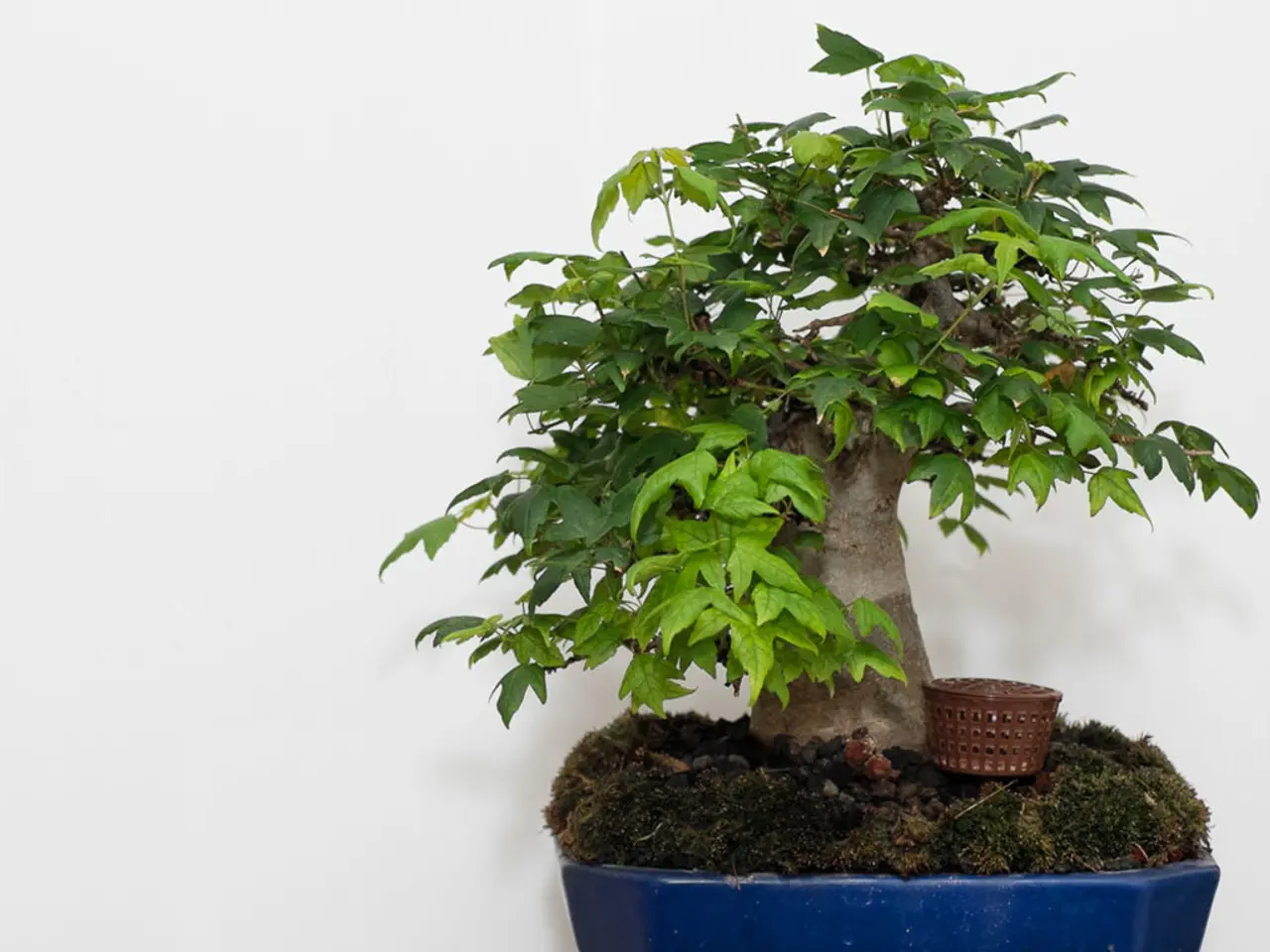Exploring the Origins and Symbolism of Bonsai Tree Names
In the world of Bonsai, names are more than just labels. They weave together threads of history, aesthetics, and philosophy, creating a rich tapestry of cultural and philosophical roots.
These style names, predominantly originating from Japanese language and culture, often describe the visual form, shape, or symbolism of the miniature trees. They embody the essence of the cultures that created them, with names like 'Chokkan' or 'Hokidachi' reflecting the influence of Japanese aesthetics, while styles like 'Informal Upright' and 'Semi-Cascade' reveal the adaptation of Western principles.
For instance, the term "kokedama" means "moss ball," describing plants grown with roots wrapped in moss, a style that, while related to bonsai aesthetics, is a distinct but connected style celebrating natural simplicity and organic form. Traditional bonsai style names similarly describe tree shapes mimicking natural growth patterns influenced by environmental stress, such as windswept or cascading forms.
Philosophically, bonsai styles embody principles found in Japanese aesthetics such as Wabi-sabi, which appreciates beauty in imperfection and impermanence, capturing the transient and humble nature of life. The asymmetry and simplicity in bonsai reflect Iki (refined spontaneity) and the pacing concept of Jo-ha-kyū (a rhythmic buildup and release), mirroring broader artistic and cultural values from Japanese theater, tea ceremonies, and poetry.
Bonsai style names are not arbitrary but are deeply connected to the natural world, cultural symbolism, philosophical aesthetics, and the rhythmic and expressive qualities of traditional Japanese art forms. They whisper secrets of patience, discipline, and mindfulness, reminding us that true beauty lies in the journey, not the destination.
Cultural cross-pollination has been a pivotal force in shaping the nomenclature of Bonsai styles. The names of Bonsai styles reveal the artistic expression, values, and philosophies of the societies that cultivated this ancient art form. Japanese regional variations have introduced distinct nomenclatural nuances in Bonsai, such as the 'Tokai-ryu' style from the eastern seaboard, marked by delicate, refined trees.
The evolution of Bonsai style names reveals a trajectory of cultural exchange, adaptation, and innovation. The name 'Bonsai' itself, derived from the Chinese 'penjing,' exemplifies this cultural exchange. The Full-Cascade (Kengai) style names evoke the drama of a raging torrent, its wild beauty tamed by the gentle hand of the artist. Modern bonsai masters may create unique style names, reflecting their personal vision, innovative techniques, or regional influences, consequently expanding the art form's vocabulary and creative possibilities.
For novice bonsai enthusiasts, style names like "Yose-Ue" and "Ikadabuki" provide guidance and inspiration, offering a gentle introduction to the art form while encouraging experimentation and growth. The Slanting (Shakan) style whispers secrets of the wind, its asymmetrical lines a tribute to the unpredictable rhythms of nature.
Bonsai style names evoke a sense of reverence for the natural world, acknowledging the intricate balance between human creativity and nature's majesty. They are not exclusive to Japanese or Chinese cultures, as other Asian countries, such as Korea and Vietnam, also employ unique bonsai styles with distinct nomenclature. The enduring legacy of Bonsai names embodies the collective wisdom, artistry, and spiritual connection of generations past.
- The term "kokedama" in Bonsai, which means "moss ball," celebrates natural simplicity and organic form, similar to environmental-science and lifestyle that promote sustainability and connection with the earth.
- Just like gardening and home-and-garden practices, bonsai styles embody principles of Wabi-sabi, appreciating beauty in imperfection and impermanence, emphasizing the value of learning and self-development as one nurtures the miniature trees.
- The evolution of Bonsai style names, through cultural exchange and innovation, reflects the process of education and self-development, much like in any field of study.
- The rich diversity of Bonsai styles, with unique names and techniques, parallels climate-change and its impact on the environment; each style presents a different adaptation and resilience in the face of change, much like various species in the natural world.




